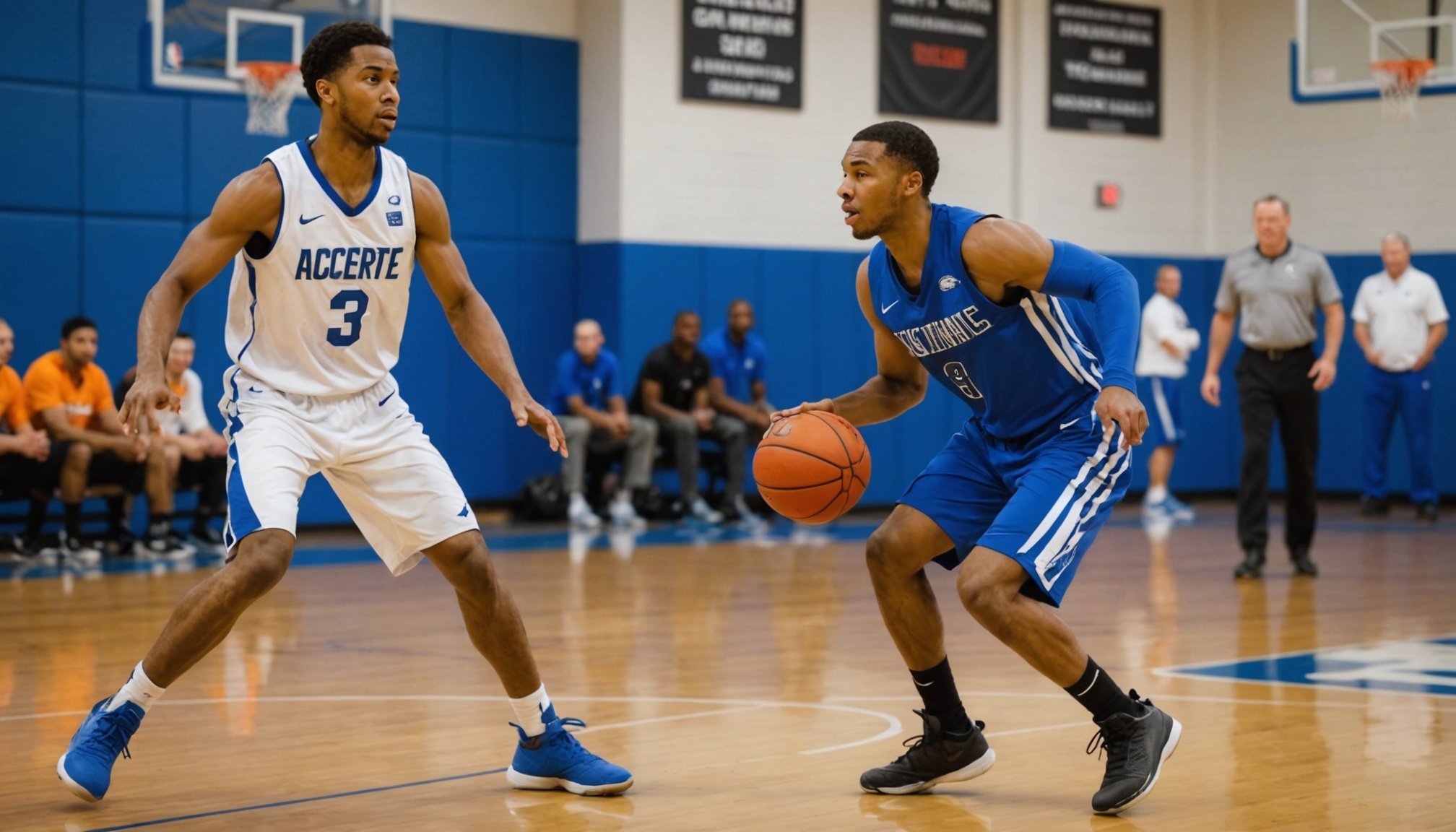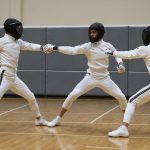Importance of Speed and Reflexes in Basketball Defense
In basketball, speed and reflexes are crucial components of effective defense. Quick reflexes allow players to anticipate their opponent’s movements, intercept passes, and block shots, which can dramatically affect the game’s outcome. Defensive strategies leverage these abilities to limit opponent scoring opportunities and force turnovers, making them essential for a well-rounded defense.
Statistics indicate that teams with players possessing heightened speed and reflexes tend to win more games. These players often have the agility to stay with faster opponents, recover quickly from offensive fakes, and respond dynamically to fast breaks. For instance, an improvement in a player’s defensive speed often correlates with a higher number of steals and fewer points allowed during a game.
This might interest you : Elevate your vertical leap: the ultimate strength training blueprint for basketball athletes in the uk
Enhancing one’s speed translates to superior defensive capabilities. Drills that focus on agility and reflex training can help players sharpen their game-time reactions, maintain defensive positioning through rapid changes in direction, and stay ahead of the offensive plays. Consequently, investing time in developing these skills not only elevates individual performance but also strengthens overall team defense, creating a formidable barrier against even the most challenging opponents.
Fundamental Techniques to Enhance Speed
Speed training drills play an essential role in developing elite basketball players by enhancing agility and conditioning. By incorporating a variety of speed training drills, players can significantly improve their performance.
Also read : Speed secrets: proven techniques for uk basketball athletes to boost defensive reaction times
Plyometric Exercises
Plyometric drills are vital for basketball defense. Agility ladders and box jumps enhance rapid foot movement, increasing overall speed. When integrated correctly into training sessions, these exercises lead to quicker offensive reactions.
Resistance Training
Strength-building exercises complement speed work. Basketball-specific routines should focus on agility development while maintaining strength. A proper balance between resistance training and agility drills maximises defensive potential without sacrificing maneuverability.
Sprint Interval Training
Sprint interval training, crucial for basketball athletes, involves alternating periods of intense sprints and recovery. A sample routine could include short bursts on the court with rest intervals. Monitoring progress ensures tailored workout adjustments for optimal basketball conditioning.
Incorporating these methods not only improves physical attributes but also fosters a mental readiness crucial for the game’s dynamic demands. Adjusting training based on individual performance progress sets a foundation for continuous enhancement of defensive capabilities.
Reflex Development Techniques
Enhancing reflex training exercises is integral to improving a basketball player’s defensive prowess. Quick decision-making and nimble reactions can significantly alter game dynamics, providing a formidable edge over opponents.
Reaction Time Drills
To amplify reflexes, incorporating reaction drills into practice is fundamental. Drills like partner ball drops or agility cone drills can significantly enhance reaction times. Equipment such as reaction balls or light-based reaction trainers can offer diverse training stimuli, keeping sessions engaging and effective. Implementing these activities regularly sharpens responses, fostering quicker adaptation to on-court situations.
Sport-Specific Scenarios
Simulating real-game scenarios is an effective method for honing quick decision-making abilities. By employing video analysis, players can review and identify reaction patterns, aiding in strategic enhancements. Incorporating situational drills during scrimmages allows athletes to apply theoretical knowledge practically, enabling instinctive decision-making when confronted with high-pressure scenarios during actual games.
Mental Training Strategies
Mind training is crucial in achieving focus and mental clarity during matches. Visualization techniques help players pre-emptively map out potential game situations, promoting proactive responses. Incorporating mindfulness exercises, like deep breathing, aids in maintaining calm under pressure, allowing for optimal decision-making and improved reflexes on the court.
Drills for Team Defense Improvement
To achieve formidable team defense, it’s crucial to incorporate well-structured drills that promote coordinated movements and communication strategies. These drills develop players’ abilities to act in unison, creating a more impermeable defense.
Defensive Slides and Footwork Drills
Effective footwork drills, such as defensive slides, are essential in enhancing players’ lateral movement. They reinforce agility and the ability to maintain defensive positioning amidst quick offensive attacks. During these drills, communication is paramount. Calling out screens and switches ensures every player is aware of their responsibilities. Practising coordinated movements not only improves individual abilities but also solidifies team dynamics.
Scrimmage-Based Practices
Incorporating controlled scrimmages allows players to apply defensive techniques in near-game situations, reinforcing speed and reflexes. Key areas of focus during these sessions include player positioning and real-time decision-making. Providing constructive feedback after scrimmages fosters player improvement, highlighting areas that require refinement while celebrating defensive successes.
Building Defensive Chemistry
Developing instinctual teamwork involves activities that promote understanding of each player’s defensive roles. Group drills focusing on rotations and help-side defense enable players to anticipate actions and react intuitively. Consistent practice in these aspects cultivates trust among team members, resulting in a cohesive, effective defensive unit.
Monitoring Performance and Progress
Evaluating performance metrics is crucial for understanding advancements in an athlete’s speed and reflexes. Tools such as wearable technology and video analysis can help gauge improvements and areas needing adjustment. These technologies offer precision by providing insights into reaction times and speed during practices and games, allowing for data-driven adjustments in training strategies.
Setting realistic goals is vital for effective athlete development. Establish short-term milestones along with long-term objectives to maintain motivation and track growth efficiently. Athletes should regularly assess their progress against these benchmarks to ensure consistent improvement.
Feedback loops play a significant role in the training evaluation process. Coaches should offer constructive criticism and praise, enabling athletes to understand their strengths and weaknesses. Regular feedback sessions can help adjust training regimens to meet evolving goals and optimise training outcomes.
Incorporating these performance evaluation strategies ensures a tailored approach to athlete development. This facilitates continuous improvement in speed and reflexes, essential for achieving a competitive edge on the basketball court. By employing a systematic approach to monitoring performance, athletes are better equipped to enhance their defensive capabilities effectively.











